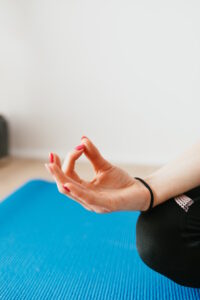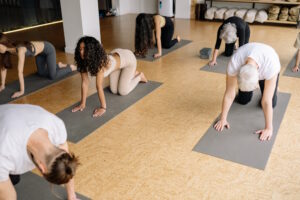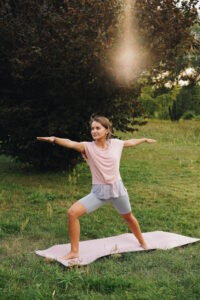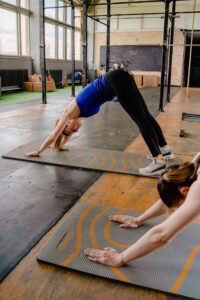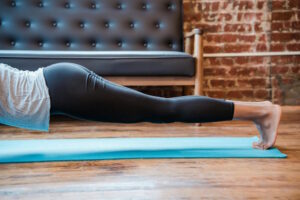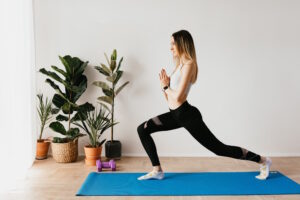
In the quest for stress relief, the world of fitness offers a multitude of options, each with its unique benefits. Two popular choices that often stand out are Pilates and yoga, both known for their mind-body connection and potential to reduce stress. However, determining which is more effective for stress requires an understanding of their distinct approaches and their impact on the body and mind. Let’s explore the comparison between Pilates and other exercise modalities to uncover which one might offer a more effective pathway to stress relief.
Which is better for stress: yoga or Pilates?
Yoga and Pilates are both renowned for their ability to promote relaxation and stress reduction. However, the approaches differ, and which one is better for stress depends on individual preferences and goals.
· Yoga: Yoga incorporates a combination of physical postures (asanas), breathing techniques (pranayama), and meditation. It’s a holistic practice that focuses on aligning the mind, body, and spirit. The mindfulness and deep breathing in yoga can have a profound calming effect on the nervous system, making it a popular choice for stress relief.
· Pilates: Pilates, on the other hand, emphasizes controlled movements, precise alignment, and core engagement. While it also encourages mindfulness and intentional breathing, its primary focus is on building strength, flexibility, and stability. Pilates can indirectly alleviate stress by promoting physical fitness and body awareness.
Does Pilates help with stress?
Yes, Pilates can help with stress management, albeit through a slightly different approach. While Pilates is not as meditative as yoga, it offers its own set of stress-relieving benefits. The controlled movements, emphasis on proper breathing, and heightened body awareness create a mindful and focused environment. As you engage in Pilates exercises, your attention is directed away from stressors, allowing you to be present in the moment. This mindful movement can help reduce stress levels and contribute to an overall sense of well-being.
Is Pilates better than other workouts?
The effectiveness of Pilates in reducing stress compared to other workouts depends on your preferences and needs. Different exercises offer varying benefits, and what works best for one person may not be the same for another. Cardiovascular exercises like running or cycling can release endorphins and have an immediate mood-boosting effect. Strength training and resistance exercises can help release tension and improve overall physical health, indirectly impacting stress levels. Group fitness classes like dance or aerobics can be enjoyable and social, contributing to stress relief.
What is better than Pilates?
It’s not a matter of something being inherently better than Pilates; rather, it’s about finding the right fit for your goals and preferences. If stress relief is your primary concern, exploring practices like yoga, meditation, and deep-breathing exercises could provide targeted relaxation benefits. Incorporating mindfulness practices alongside your fitness routine, whether it’s Pilates, yoga, or another modality, can enhance stress management.
Summing it Up
The comparison between Pilates and other exercise modalities for stress relief is not about superiority but about individual preferences and goals. Both Pilates and yoga offer unique avenues for stress reduction. Pilates emphasizes mindful movement, strength, and body awareness, while yoga integrates physical postures, breath control, and meditation. Ultimately, the best choice depends on what resonates with you and how you feel most comfortable achieving stress relief. Whichever path you choose, the combination of physical activity, mindfulness, and intentional breathing can contribute to a more balanced and stress-resilient lifestyle.

